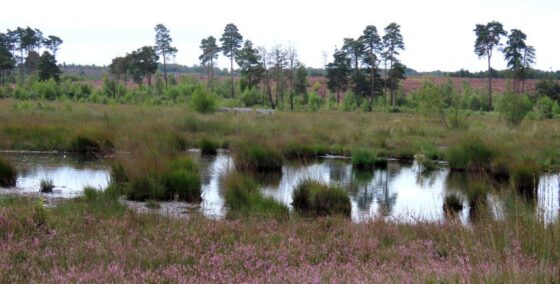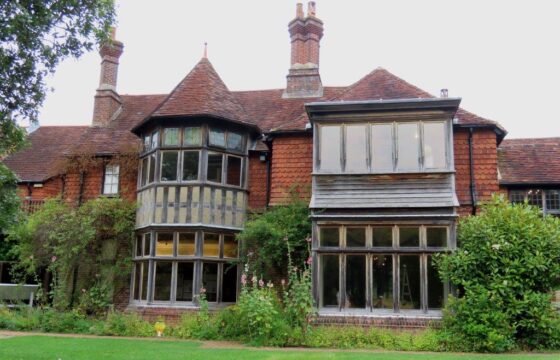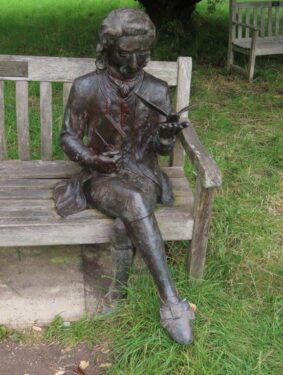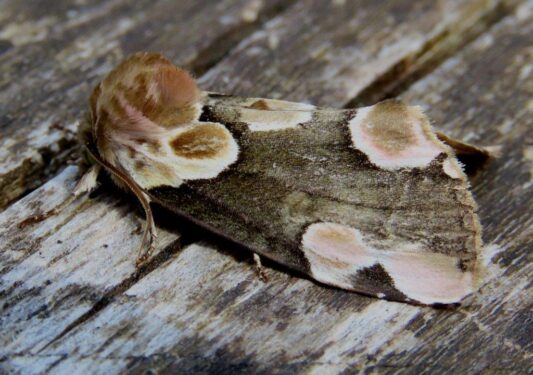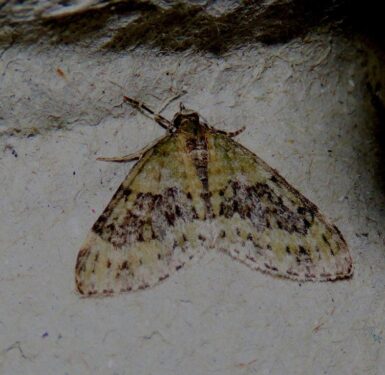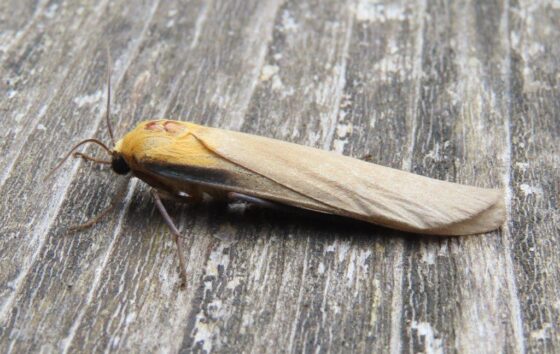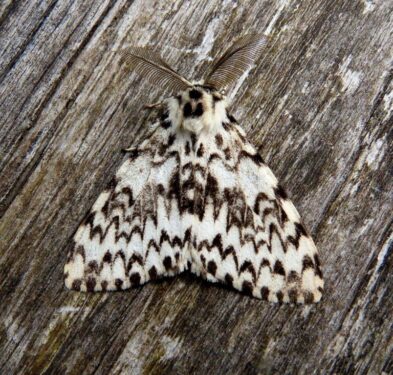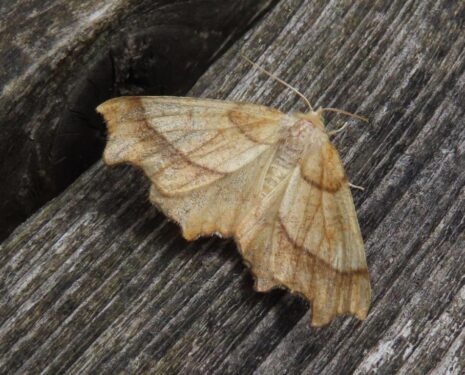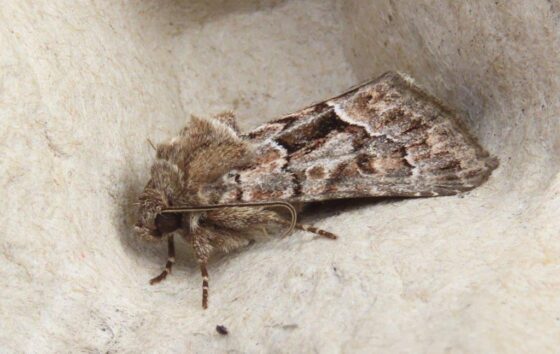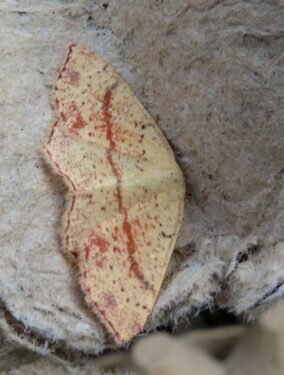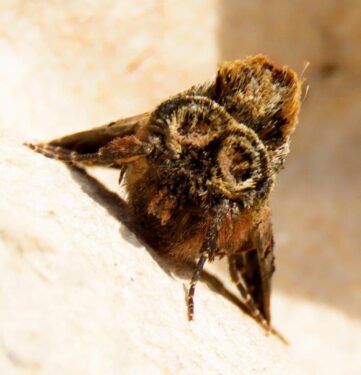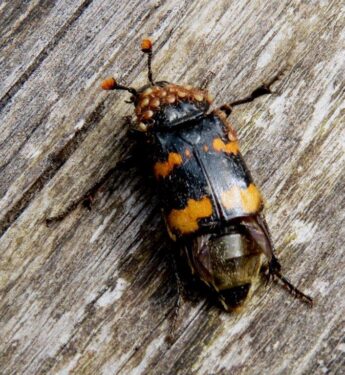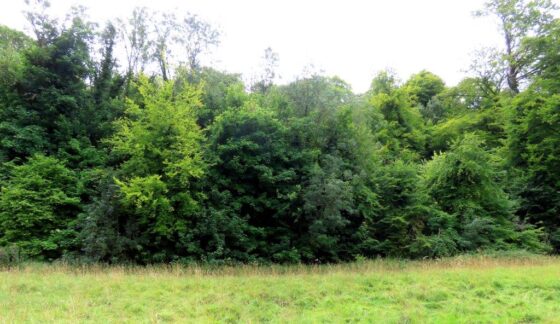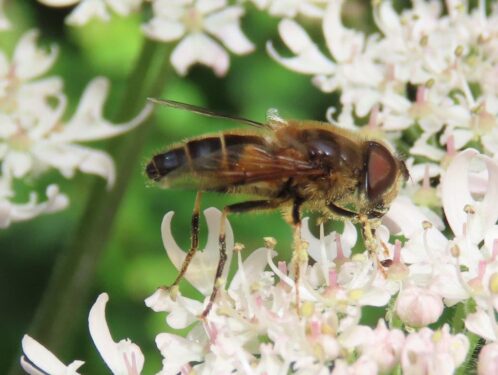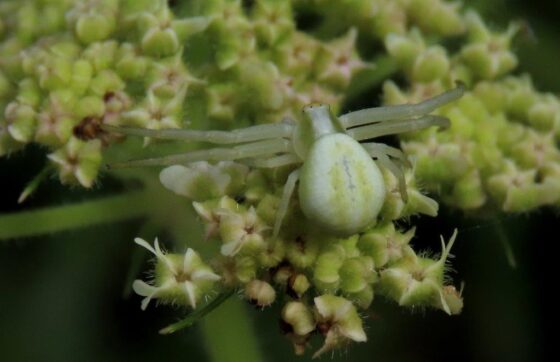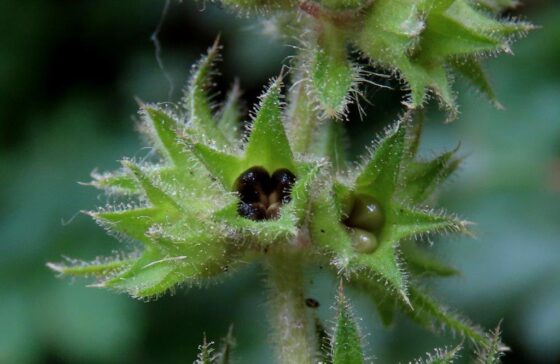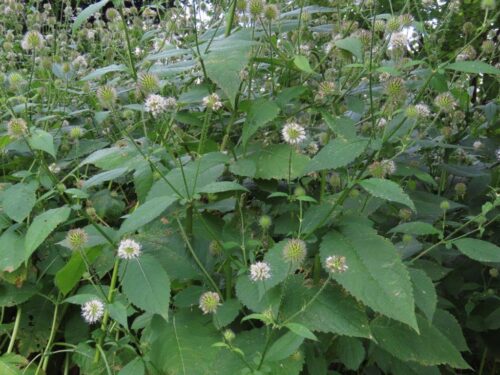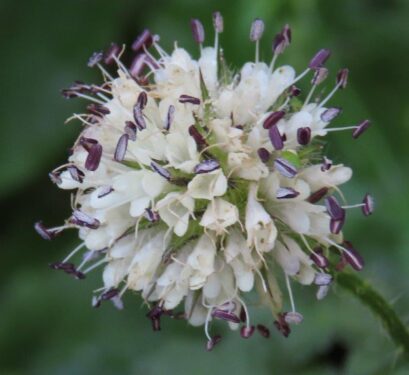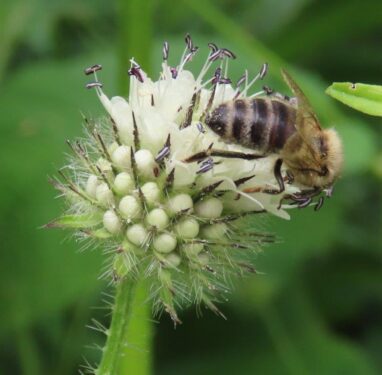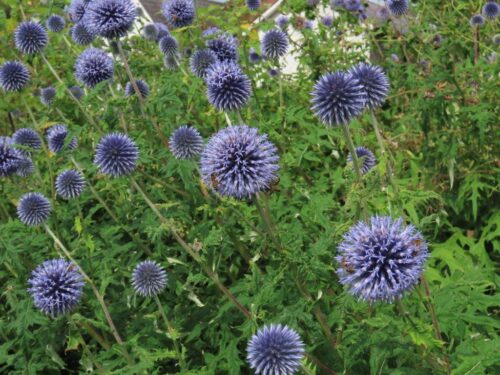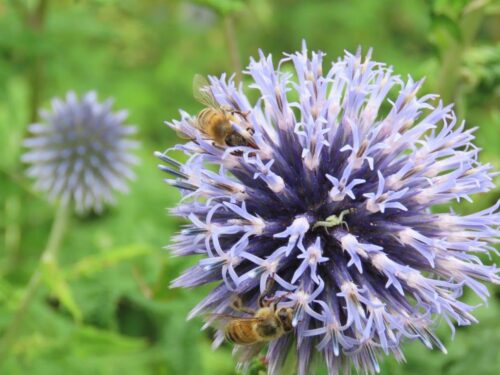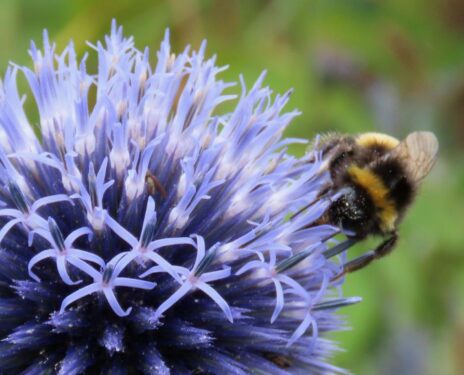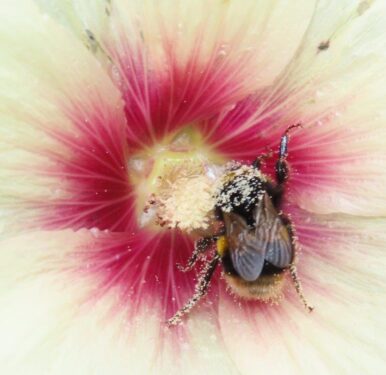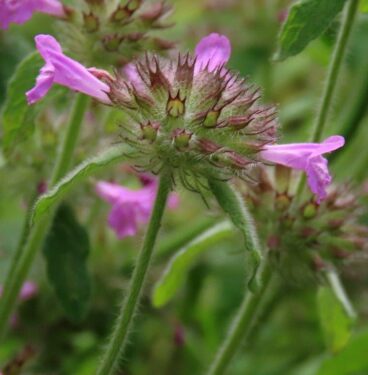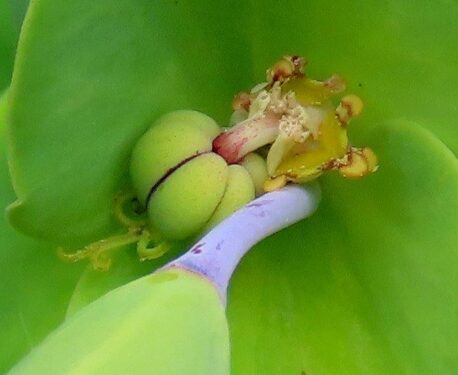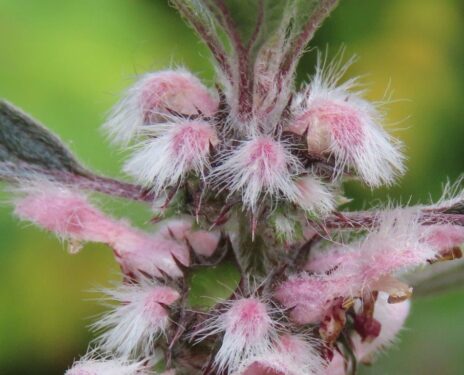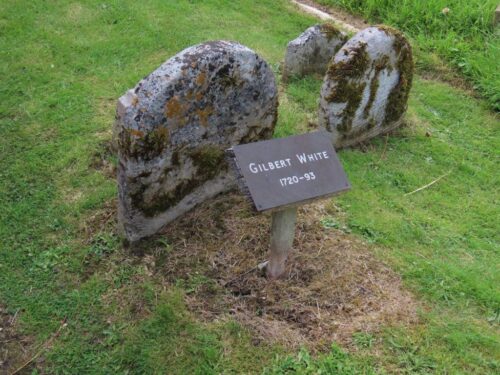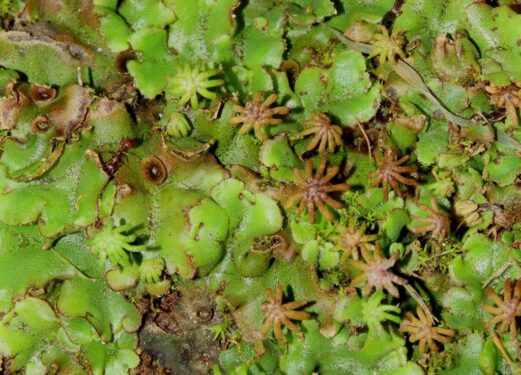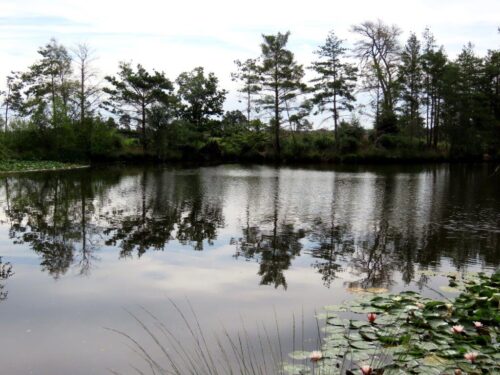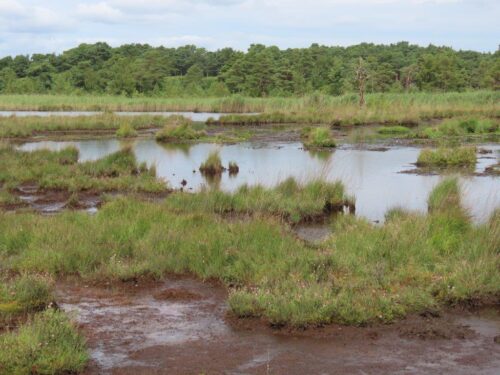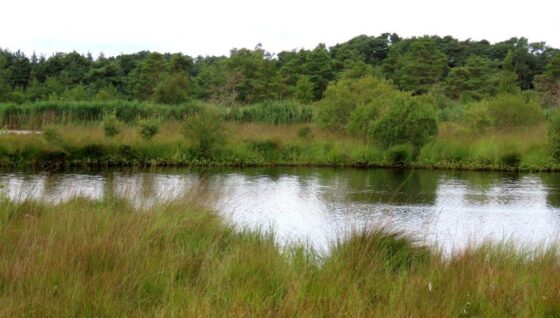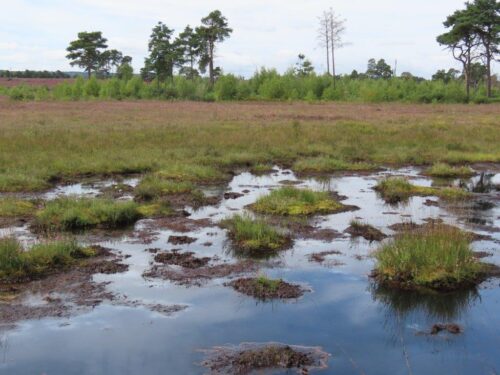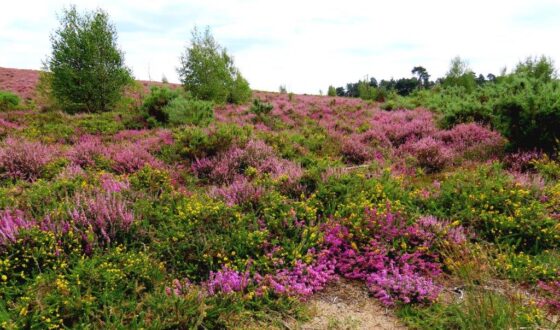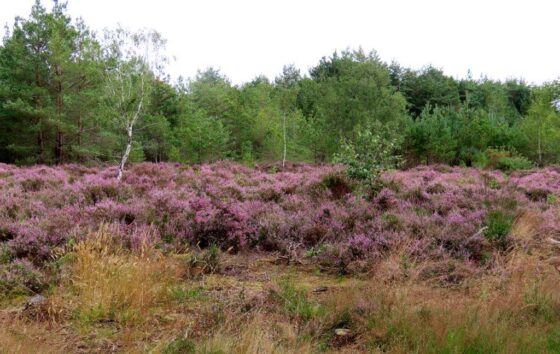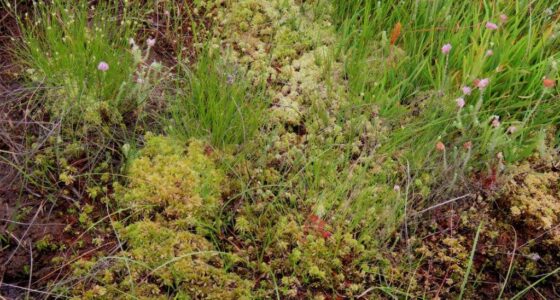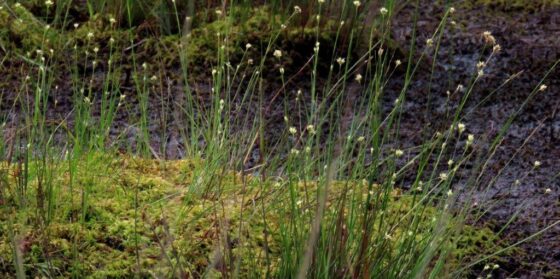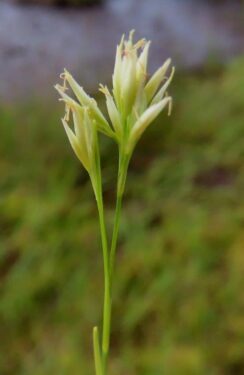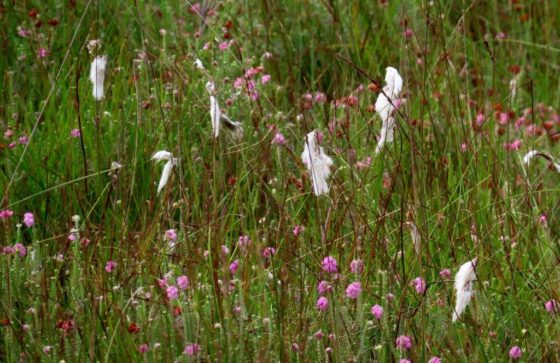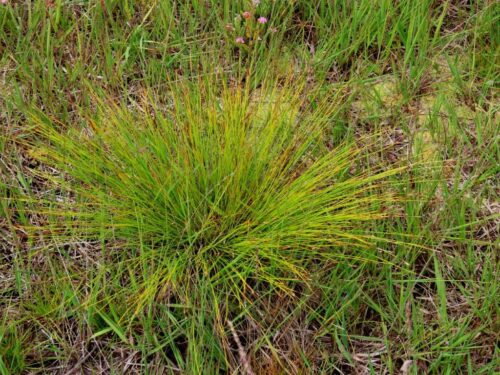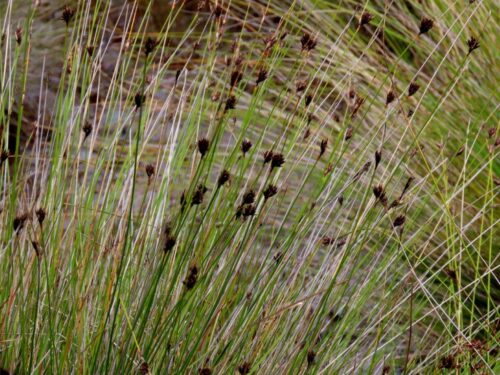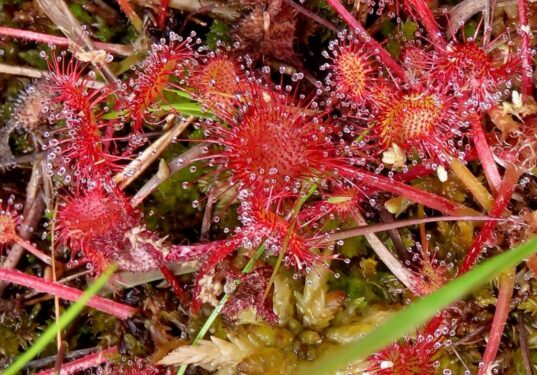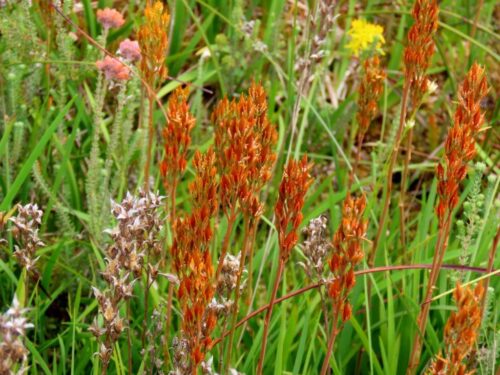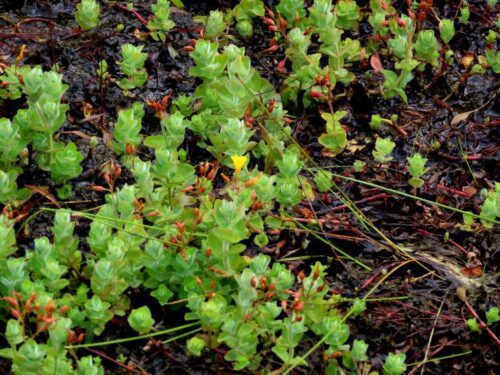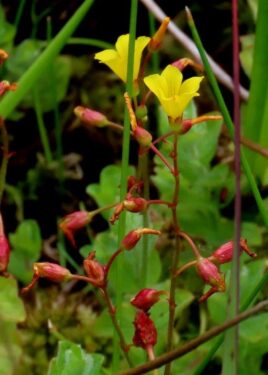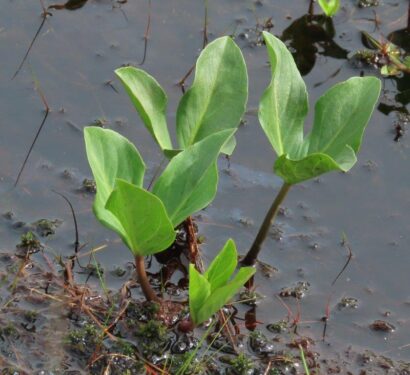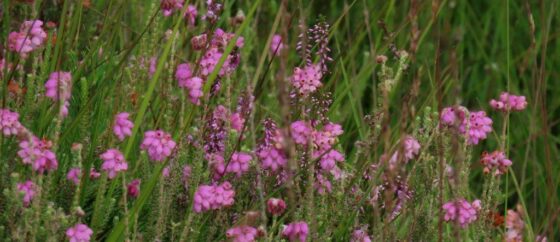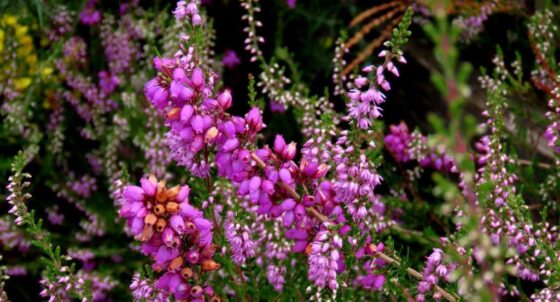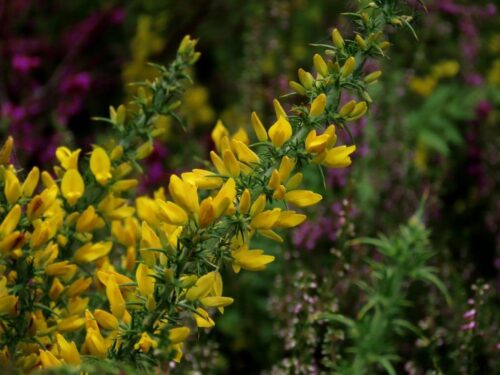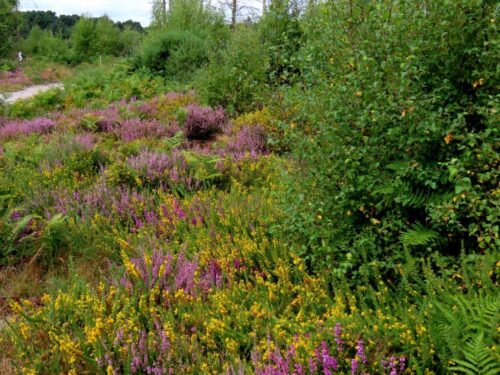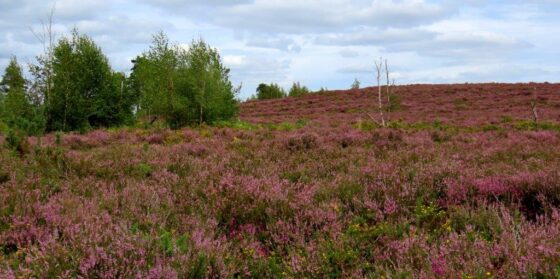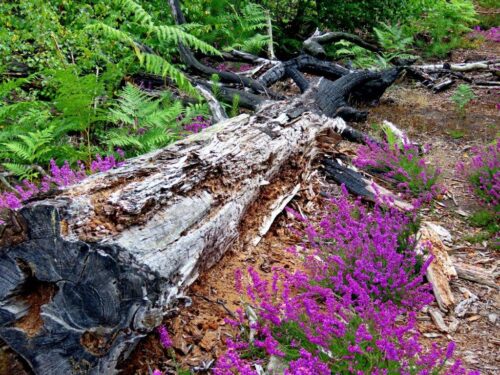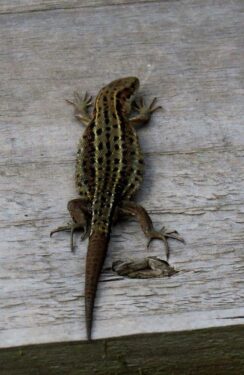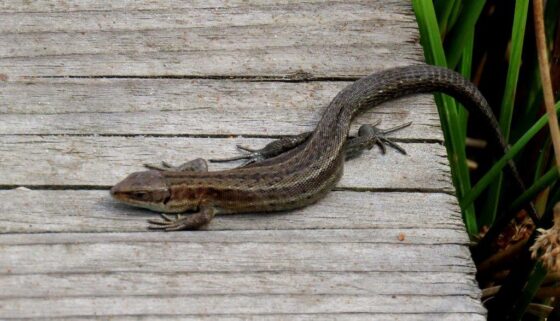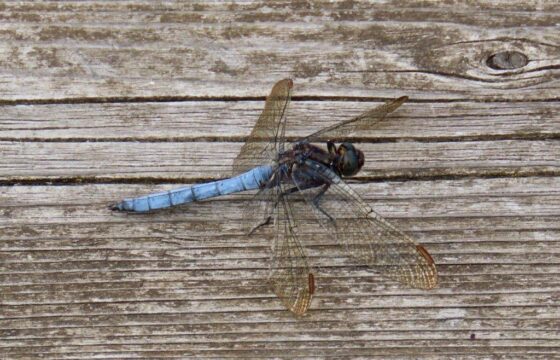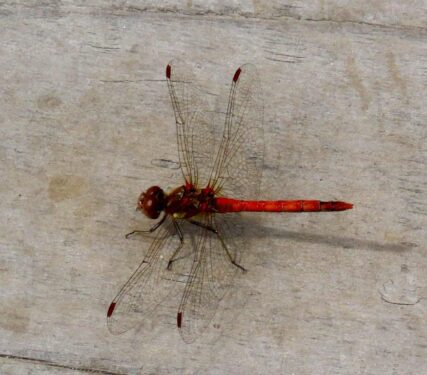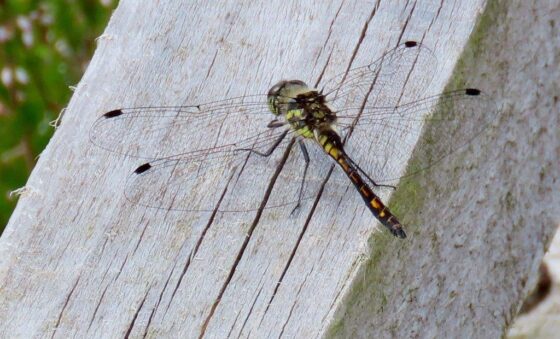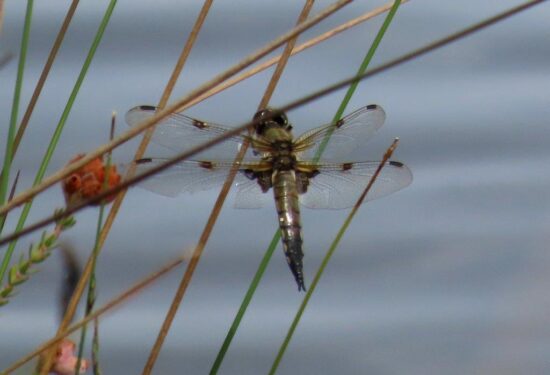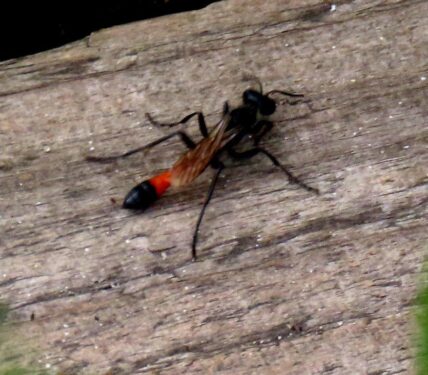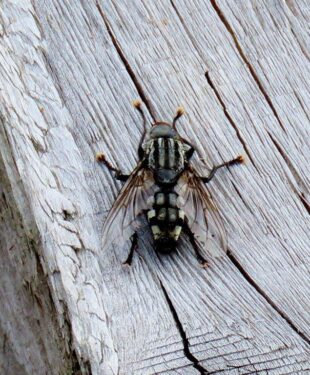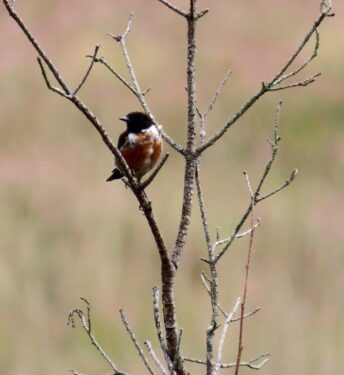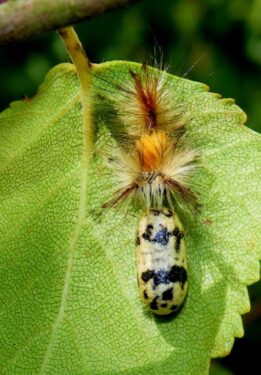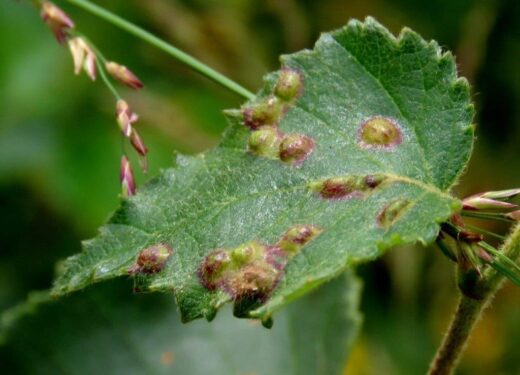A few days ago, I headed down to Selborne in Hampshire for a meeting of the British Naturalists’ Association. Why Selborne? Well, of course it is the home of the father of British nature writing and phenological studies, Gilbert White, the former curate of the parish, and the BNA membership includes two of the foremost experts on Gilbert White, June Chatfield and Stephanie Holt.
The house now hosts a museum to Gilbert and also the Antarctic explorer Lawrence Oates, a descendent of whom funded the creation of the museum. Both parts are full of interest, memorabilia and books, books and more books, including the manuscript of The Natural History and Antiquities of Selborne, one of the most published of books in English, continuously in print since 1789.
We started with the two moth traps, run the previous night, and the diverse contents got the day off to a flying start. Among the many highlights, in addition to perennial favourites such as Poplar Hawk, Rosy Footman and Ruby Tiger, were Peach Blossom, Yellow-barred Brindle, Four-spotted Footman, Black Arches, August Thorn, Straw Underwing, Maiden’s Blush and Spectacle….
… together with several sexton beetles, including this Nicrophorus interruptus, hosting a fine display of travelling mites.
Then it was out to the meadows and hedgerows, overlooked by the famous Selborne Hanger, a beechwood on the scarp slope above.
Hogweed was feeding hoverflies, in turn feeding White Crab Spiders …
… while Hedge Woundwort was past flowering, its seeds like clutches of tiny eggs …
… and one of the most abundant hedgerow nectar sources was Small Teasel, its flowers very attractive to Honeybees.
Into the garden, Globe-thistles were equally attractive to both Honeybees and bumblebees, the latter also visiting the many Hollyhocks.
Other plants included Wild Basil, Caper Spurge (a surprising inclusion in an otherwise largely edible garden) and Motherwort, a dead-nettle relative with improbably furry flowers.
And finally, to the churchyard to pay our respects to Gilbert White’s modest final resting place, beside a dripping downpipe clump of Marchantia polymorpha liverwort. I am sure he would have approved! And then all that was left was to visit the Jubilee Tap to sample some of the beers produced across the road, some to Gilbert’s own recipes.
So far from home, I had decided to stay the night in the area, and that gave me the chance the following day to explore one of England’s finest nature reserves, Thursley Common, a place I haven’t been to for more than 30 years.
Thursley comprises a vast complex of lowland heath, both dry and wet, and merging into peaty boglands. Fortunately it has well-marked routes, including boardwalks, allowing the sensitive habitats to be viewed without damaging them.
The wetter bits with Sphagnum mosses also have a range of ‘grassy’ bog plants which are quite special when one comes from bog-less Essex, including White Beak-sedge, Common Cotton-grass, Deergrass and Black Bog-rush.
Much more showy, there was Common Sundew, Bog Asphodel, Marsh St. John’s-wort and Bogbean …
… with a fringe of Cross-leaved Heath.
Moving towards higher ground, Bell Heather and Dwarf Gorse took over, gradually giving way to Common Heather and Bracken on the highest ground.
Remarkably almost the whole reserve was affected by a severe wildfire only four summers ago, and now one really has to look hard for fire-charred stumps and ground.
But while the plants and communities may be recovering, the special reptiles are lagging behind. Where once it was reasonably easy to see Adders, Smooth Snakes and Sand Lizards, the only reptiles I saw were Common Lizards, mostly basking on the boardwalks.
Those same structures were also the easiest places to see dragonflies, one of the most important groups of insects on the reserve, here with Black-tailed and Keeled Skimmer, Common and Black Darter and Four-spotted Chaser, alongside many other insects including flesh-flies and sand-wasps.
It was a very hot, sunny, windless day and birds were not much in evidence, apart from Stonechat families and a few Tree Pipits and Dartford Warblers…
… and it was left to natural esoterica to provide the final highlights: an ex-Vapourer Moth caterpillar eviscerated by an ichneumon parasite, and a fly-gall Anisostephus betulinus on Birch that, assuming the NBN Atlas is up to date, is not recorded from anywhere closer than mid-Suffolk, Bodmin and Cardiff!
